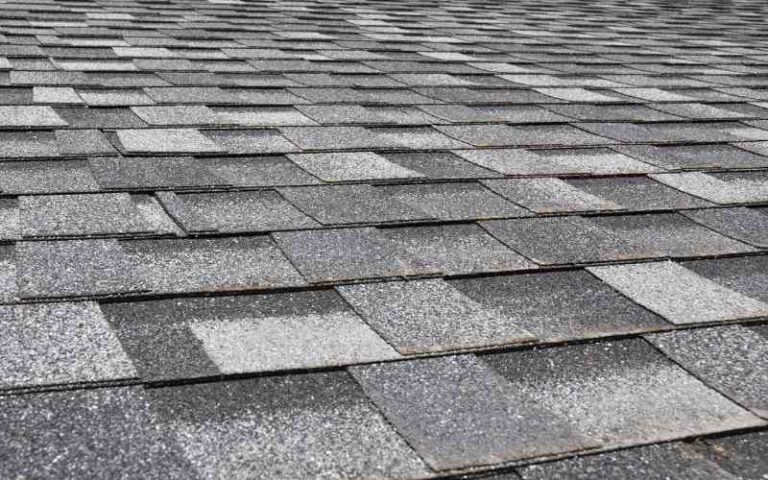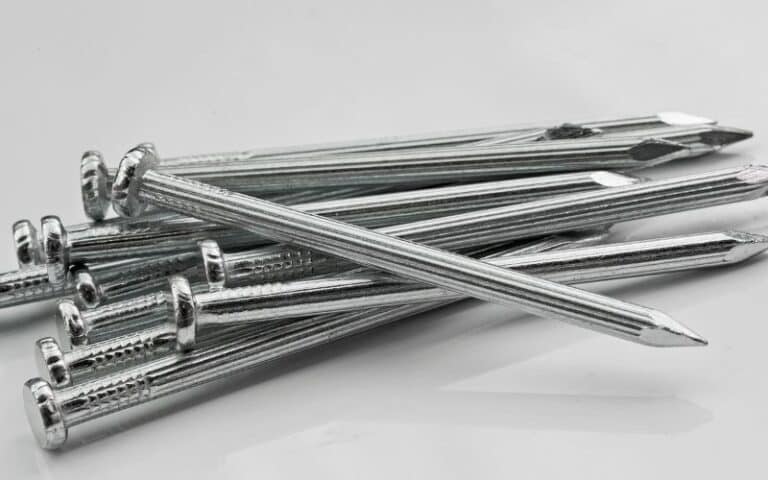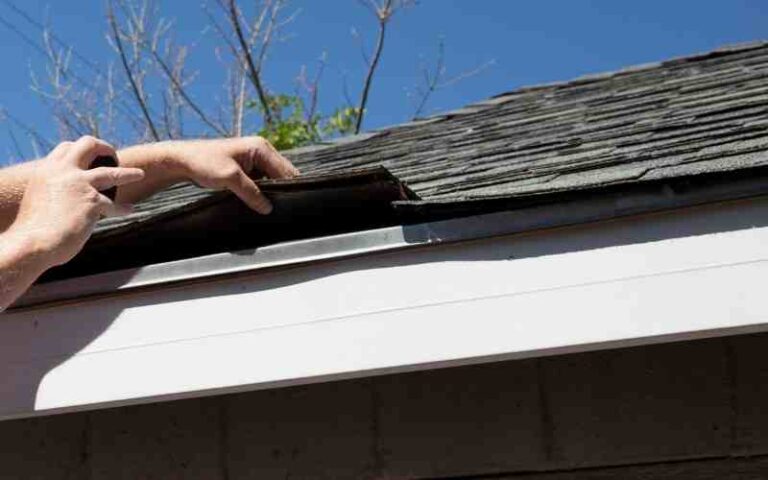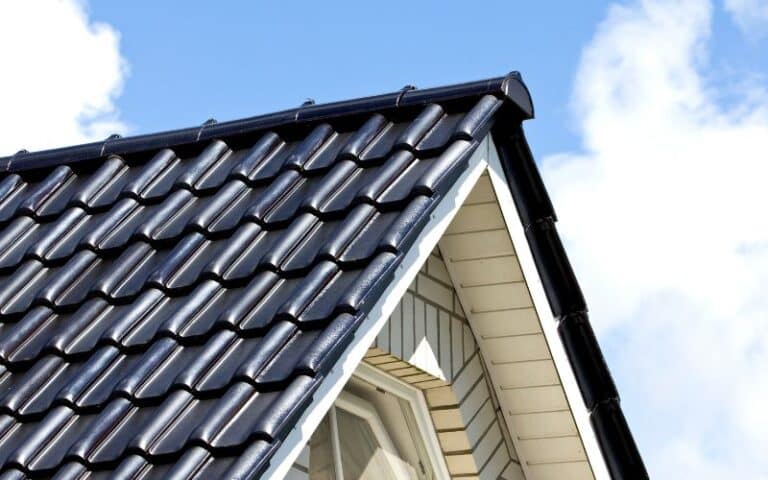Siding your house’s exterior could be a big task. You’ll need to choose the perfect style for your home, pick the best color, and choose the trim that suits your overall scheme.
However, another important thing to consider is what to put under your siding.
You’ll have to choose between fanfold insulation and a house wrap. Sometimes, you may need to use both, and the cost is almost the same.
Before deciding whether a house wrap or fanfold insulation is best for the siding of your home, you must consider the current situation and issues you’re encountering. A house wrap is best if your house is fairly drafty or filled with moisture. The fanfold insulation improves energy efficiency and protects the home from moisture.
I’ll discuss the situations when a house wrap or fanfold is preferable. Don’t stop reading!
Ready for a Roofing Quiz?
Do You Need House Wrap with Foam Board?

One recurring question homeowners ask about house wrap is whether it should be installed with foam board.
In simple terms, the answer is ‘yes.’ A house wrap with foam board makes the home properly insulated from the weather and wind.
It acts as a vapor barrier and is applied directly to the wood sheathing of a house.
It also protects the home from moisture, preserving its structure from grave damage. With it, you’ll be able to save on costly home repairs and maintenance.
If you decide to install a house wrap with a rigid foam board, put it under and not around the insulation.
You can seek your contractor’s advice to make your final decision since not all experts follow this rule.
Some expert builders believe only homes with windows framed with strapping lumber should have the foam installed on them and home wrap on top.
However, both methods are effective in preventing infiltration and leaks.
Do You Need House Wraps With Insulated Siding?
It’s common practice for remodelers and builders to install house wraps in a new home.
It’s highly recommended to use a house wrap under siding insulation products. However, some exterior replacements don’t require insulated siding.
Since every home has concerns, asking your local siding installation expert for a home’s customized recommendation is best.
Interestingly, even though some types are susceptible, almost all kinds of siding installed in a home can prevent water infiltration.
Wood home sidings find house wraps very useful since there are many seams where the boards overlap. Aluminum and vinyl siding are also recommendable.
Water will easily pass through the cracks where the pieces are joined if used on sidings made from large panels.
In addition, stucco, brick, and other masonry-based sidings can be used with a house wrap. But, you must ensure only the right type is used.
Below is a table showing the advantages and disadvantages of using house wraps.
| Advantages | Disadvantages |
|---|---|
| Vapor permeability | Cost of application |
| Durability | Susceptible to leakage from prolonged use |
| Low penetration | Poor indoor air quality |
Are House Wraps Same as Insulation?
An insulating house wrap is very important for house covering.
Applying this wrap will ensure temperature control, keeping wind and weather away from your home and providing maximum comfort.
Therefore, house wraps aren’t the same as insulation. They come differently but are used together.
A house wrap and properly installed insulation are vital elements required to apply continuous insulation successfully.
Insulation helps create a tight building envelope. It stops thermal bridging, increases R-value in the wall assembly, curtails air leakage, and reduces moisture infiltration.
A house wrap is a kind of Water Resistive Barrier (WRB). It’s used to prevent moisture from entering the wall cavity from outside.
Even though house wraps are water-resistant, they’re not waterproof or water impermeable.
Moisture-laden air can soak the wall inside the home, just like moisture can wall assembly from outside the house.
Contrary to popular belief, house wraps don’t act as an air barrier to prevent cold air from entering the wall cavity.
Only a few types of Water Resistive Barriers are made to perform this function.
Those are carefully installed to create a suitable air barrier. A house wrap is installed behind the siding and over the sheathing.
After the insulation is applied, it reduces unwanted air leakage, saving the money and energy of homeowners and builders, respectively.
Unfortunately, continuous insulation can stop the ability of a wall to release trapped moisture in the wall cavity. As a result, high humidity within a wall cavity can cause serious problems.
This is because moisture can cause wood rot, leading to costly repairs.
Applying a water and air barrier, a house wrap, together with continuous insulation, ensures that moisture trapped inside the wall will dry or escape outside.
Related: Can You Use Tyvek House Wrap On A Roof?
How Many Layers of House Wrap Should I Use?
House wraps are “breathable .”Their design doesn’t allow moisture to be trapped anywhere.
It’s possible to build a wall with ten house wrap layers, which will still be highly durable.
However, the building rule suggests two layers, or its equivalent, over a wood-based sheathing.
The rule especially applies when your cladding is made of cement.
Most consultants strongly recommend two layers as best practice for all projects, including a wood-based sheathing.
Ensuring your doors and windows are flashed to the outermost layer is necessary regardless of your available layers.
After work completion, don’t allow the installers to go without re-flashing your doors and windows to the new layer of the house wrap.
Wrapping should begin from the foundation or the wall assembly’s base. Make sure to extend at least an inch from the wall to the intersection of the foundation.
Then, continue upwards like a shingle installation with the lower course overlapping.
Don’t forget to expand the house wrap over the top footing by at least two inches.
Related: Can You Use Staples On House Wrap? (Explained)
What Does Fanfold Insulation Do?
Fanfold insulation is usually applied between the siding and the home’s exterior. Most of all, it protects the house from moisture and creates a thermal insulation layer.
It is termed ‘fanfold’ because it is kept folded up, making it easier to unfold when it’s ready for installation at home. Fanfold is the shape of the foam board.
To create fanfold insulation, you’ll need to fold a single layer of the material on itself into a fan-like shape, compressing the material and creating many layers out of one surface.
This quality of the fanfold board makes its transportation and packing very easy.
The fanfold underlayment materials are made up of thin layers of foam that look like cardboard.
But they’re plastic-made and can stop heat from passing through them. Here are some things the fanfold insulation does:
#1. Water Resistance
It provides a surface virtually impenetrable by moisture. Thus, making it last longer. Plus, it’s polymeric facer one side, R-Tech is very flexible and highly durable.
#2. A Well Balanced and Stable R-Value
R-value refers to measuring the fanfold insulation’s capacity to minimize heat under a particular condition. Its function is to show how well the insulator is performing.
#3. Heat Prevention
Fanfold creates insulation inside the building’s wall and stops heat from passing.
However, knowing whether it’s worth the price is easier when you know where to use it.
Fanfold insulation can be used in commercial and residential homes to create reliable insulation and make the internal energy efficient.
You can use Fanfold on exterior walls, interior walls, siding underlayment, gable ends, basement walls, crawl spaces, and cavity walls.
Wherever you choose to use it, rest assured you’ll get the best results.
#4. Mold, Water, and Insect Resistance
Aside from creating insulation against temperature and heat, Fanfold provides water resistance.
By using fanfold insulation sheets, there’ll be no room for moisture to escape.
Additionally, Fanfold, with the help of an inert additive, eliminates insects and doesn’t allow mold growth.
#5. High Performance
The materials used in producing a fanfold foam are solid and high quality. It makes the underlayment insulation on the house long-lasting and sturdy.
Fanfold insulation is a top-performance sheathing foam produced using Type 1 polystyrene insulating core material. The material is durable, closed-cell, and lightweight.
In addition, its thin laminated film on both sides helps to maintain balance. Besides, you will get horizontal and vertical and at the center.
Final Words
Of course, you can choose between a house wrap and fanfold insulation. If you use both, you’ll be giving your double home protection.
The cost may be on the high side at first, but in the long run, it’ll save the cost of regular repairs and annual heating bills.
If you’re still confused about which to go for, visit your building consultant and seek advice.






